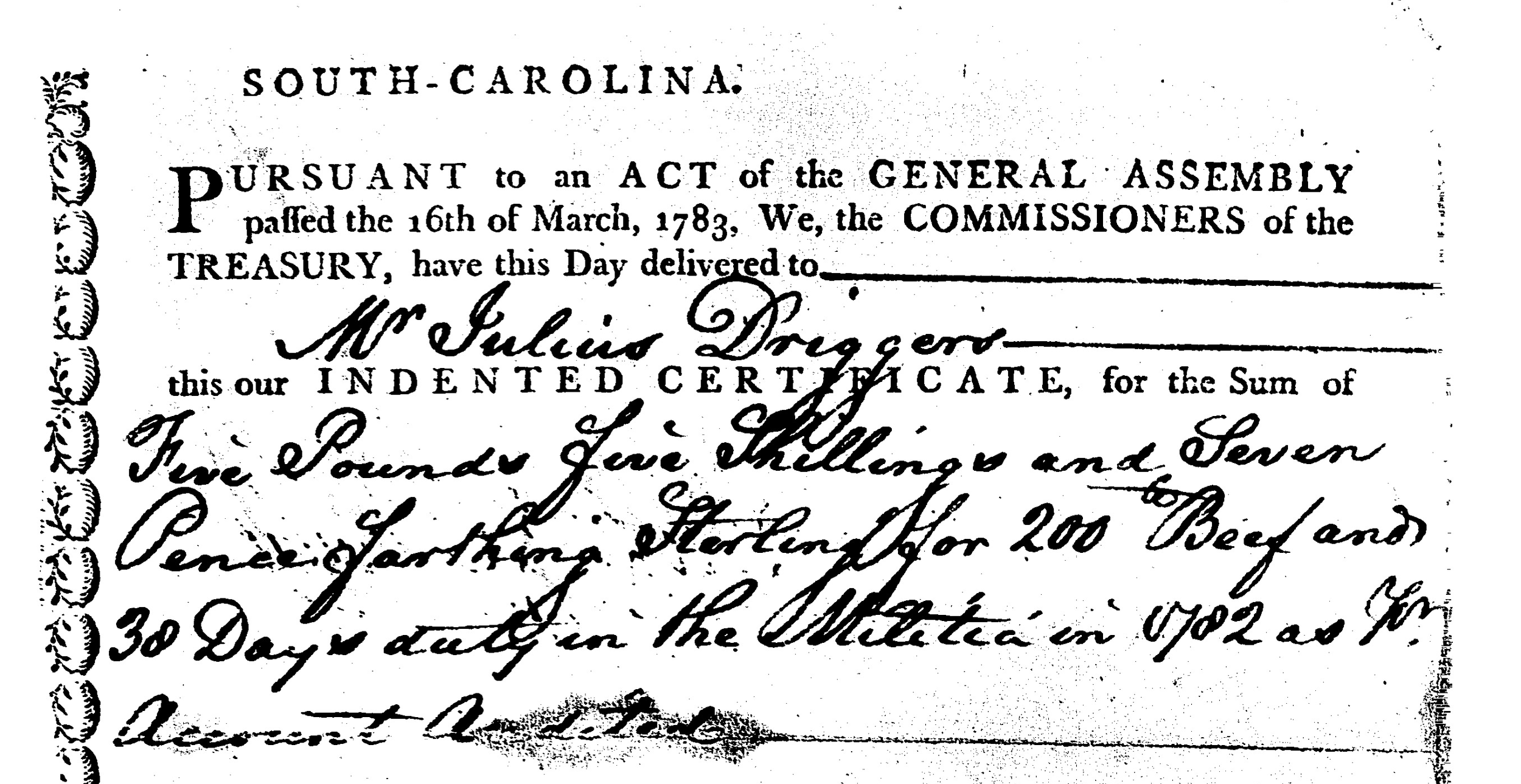The American Revolution’s best-known hero has always been George Washington, future president, but one of the Revolution’s most significant commanders has become less known over time: Francis Marion, the “Swamp Fox.”
Following the wild success of the Disney TV series “Davy Crockett,” Francis Marion’s story was later adapted by Disney into an inspirational story of America:
As I will discuss another time, my great-great-grandparents were some of the earliest settlers of Florida, coming from coastal South Carolina and Georgia, and my great-great-grandparents were married in Orange County, Florida in 1972. Through this great-great-grandmother, I know my forbearers supplied the army of Francis Marion — and how I know that is significant.
But first, who was Francis Marion? The memes are not excellent but they exist:
The historical-sign version, however, is excellent:
Brigadier General of S.C. Militia during the American Revolution, Francis Marion, was one of the partisan leaders who kept the war alive during the British occupation of the state. His elusive disappearances after surprise attacks against superior forces harassed and demoralized the enemy, earning for him the name, "Swamp Fox."
Marion never commanded an army or fought in a major engagement, but his tactics were classic guerrilla warfare. The term “guerrilla warfare” wouldn’t be invented until the Napoleonic occupation of Spain in the early 1800s — the “little war.”
To say that Marion was the father of guerrilla warfare goes too far, though he was a master of it. The tactics of avoiding pitched battles and instead wearing out the enemy goes back to the Second Punic War in the 200s B.C. — after Roman defeats by Hannibal at Trebia, Lake Trasimene and Cannae, the Romans adopted the strategy proposed by Quintus Fabius Maximus Verrucosus, ”the Cunctator,” which translates as “the Delayer.”
The term to this day is “Fabian tactics.” Modern history is full of successful applications of Fabian tactics: Napoleon was defeated in Spain, and most famously, Russia. Since I lean into the “New College Snowflakes” branding, it’s worth noting: Snowflakes did not defeat Napoleon. Napoleon was defeated in Russia because he underestimated the will of the Russian people to resist.
Fighting the Meme War
See this past history of Napoleon-Corcoran-NCF dank memes at instagram.com/ncfsnowflakes
The American Revolution is one of the best applications of Fabian tactics in history, and it’s most perfectly encapsulated in the reputation of Francis Marion — but also practiced by the regular Continental Army lead by George Washington.
Washington of course was a student of the classics. Washington knew the tactics of Quintus Fabius Maximus Verrucosus by name.
How do I know a distant forbearer supplied the militia of Francis Marion? Because of the long paper trail trying to get reimbursed for it. The South Carolina state archives has digitized the records: Julius Driggers “swore that he delivered to a party of Gen. Marion’s Brigade a Heifer of two years old adjudged to weight two hundred pounds that he did actually serve thirty eight days in the said Brigade as a private…. Sworn before me 1 Jan 1784.”
The document reads, starting at the first indented line “sworn [under oath?] that he delivered to a party of Gen. Marion’s Brigade a Heifer of two years old adjudged to weight two hundred pounds that he did actually serve thirty eight days in the said Brigade as a private…. Sworn before me 1 Jan 1784.”
Later formalized in a certificate IOU:
American liberty and independence was secured by the willingness of patriots to serve for love of country. But an army marches on its stomach. The willingness of the post=Revolutionary governments to honor its promises played a key role in solidifying our system of government.







